Feeling stiff and achy, especially after a long day of sitting? You’re not alone! While resistance training isn’t a magic cure, it can significantly reduce discomfort and boost overall well-being. Let’s explore how hitting the weights might just be the solution you've been looking for to feel better and move more freely, free from those nagging aches and pains.
Why Resistance Training?
1. Stronger Muscles, Happier Joints: Building muscle strength helps support your joints. This means less strain and fewer aches. Plus, stronger muscles mean better flexibility.
2. Better Posture: Slouching at your desk? Resistance training strengthens your core and back, helping you stand tall and avoid those nagging back pains.
3. Boosted Blood Flow: Resistance exercises increase blood circulation. More oxygen and nutrients to your muscles can help ease soreness and stiffness.
4. Joint Health: Stronger muscles around your joints provide better support. This can reduce pain, especially from conditions like arthritis.
5. Injury Prevention: More strength and better coordination mean fewer injuries. And fewer injuries mean fewer chronic aches.
Sample Resistance Training Routine
Here’s a simple routine to get you started:
- Squats: 12-15 reps, 3 sets
- Push-ups: 10-12 reps, 3 sets
- Bent-over Rows: 12-15 reps, 3 sets
- Planks: 30-60 seconds, 3 sets
- Lunges: 12-15 reps, 3 sets
Resistance Training Quick Tips
- Start Slow: If you’re new to resistance training, begin with light weights or body-weight exercises.
- Consistency is Key: Aim for at least 2-3 sessions per week.
- Listen to Your Body: If something hurts, stop. Pain is a signal that something might be wrong.
How Does Resistance Training Help?
Resistance training can be incredibly effective for mitigating aches and pains, especially those resulting from inactivity. Here’s how:
- Muscle Strength and Flexibility: By strengthening muscles, resistance training reduces the burden on joints and enhances flexibility, leading to less pain.
- Postural Improvements: Poor posture is a common cause of back and neck pain. Strengthening your core and back muscles through resistance training can correct posture issues.
- Enhanced Circulation: Better blood flow helps reduce muscle soreness and stiffness, making you feel more comfortable.
- Joint Support: Strong muscles support and stabilize joints, reducing the strain and pain associated with conditions like arthritis.
- Injury Prevention: Improved strength and coordination from resistance training help prevent injuries, which can lead to chronic pain.
Jacob Rodriguez, personal trainer at Hideout Fitness, emphasizes, "Resistance training isn't a cure-all, but it can significantly enhance your overall physical health and potentially reduce discomfort caused by inactivity."
Get Started with Hideout Fitness
At Hideout Fitness, we don't just offer resistance training programs, we offer personalized ones tailored to your needs and fitness levels. Our expert trainers are here to support you, ensuring you safely and effectively incorporate resistance exercises into your routine, aiming to improve your strength, flexibility, and overall well-being.
Ready to get started on your journey to aches and pains-free life? Join us at Hideout Fitness for a free one-hour consultation! Our trainers will assess your fitness level, discuss your goals, and create a personalized plan to help you reduce aches and pains through effective resistance training. Don't wait, take the first step towards a healthier, pain-free you today!
Conclusion
Don’t let aches and pains hold you back. Resistance training offers a multitude of benefits that can help you feel better and move more freely. Whether you’re dealing with stiffness from a sedentary lifestyle or looking to prevent future discomfort, our personal training team at Hideout Fitness is here to guide you every step of the way.
For more info and to book your free one-hour consultation, visit www.hideoutfitness.com or call us at (949) 236-7970. Let's make those aches a thing of the past and unlock your full potential together!
Before starting any new training regimen, it is important to speak with your doctor, especially if you have any existing health conditions or concerns. This ensures that the exercises are safe and appropriate for your individual health needs.


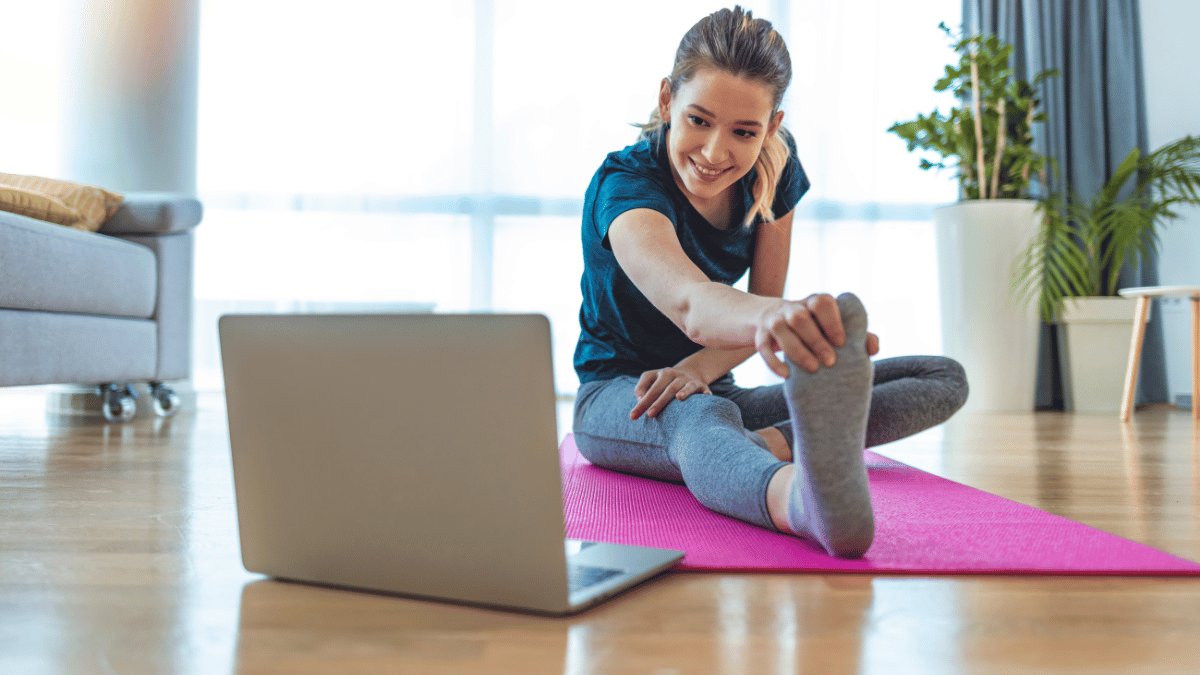









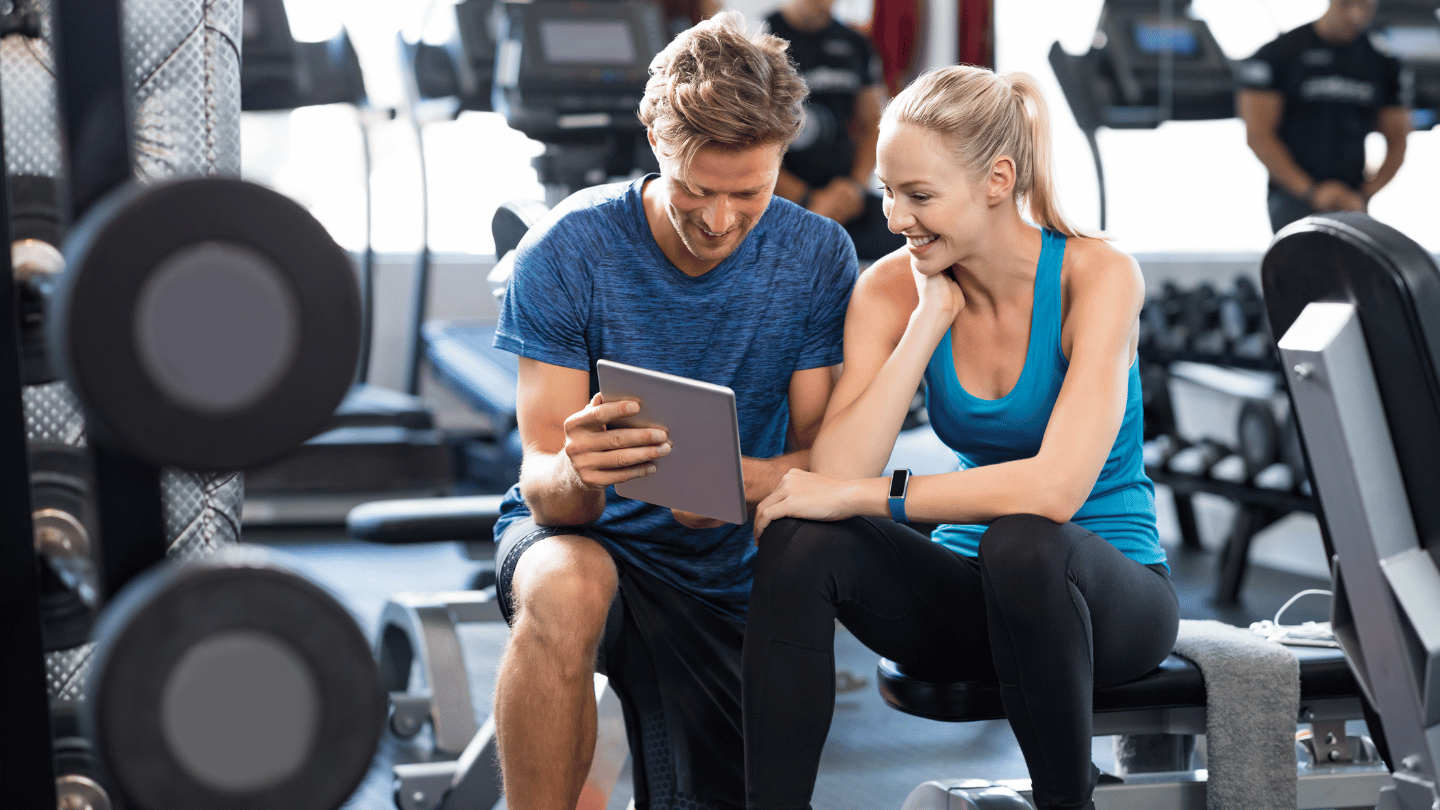

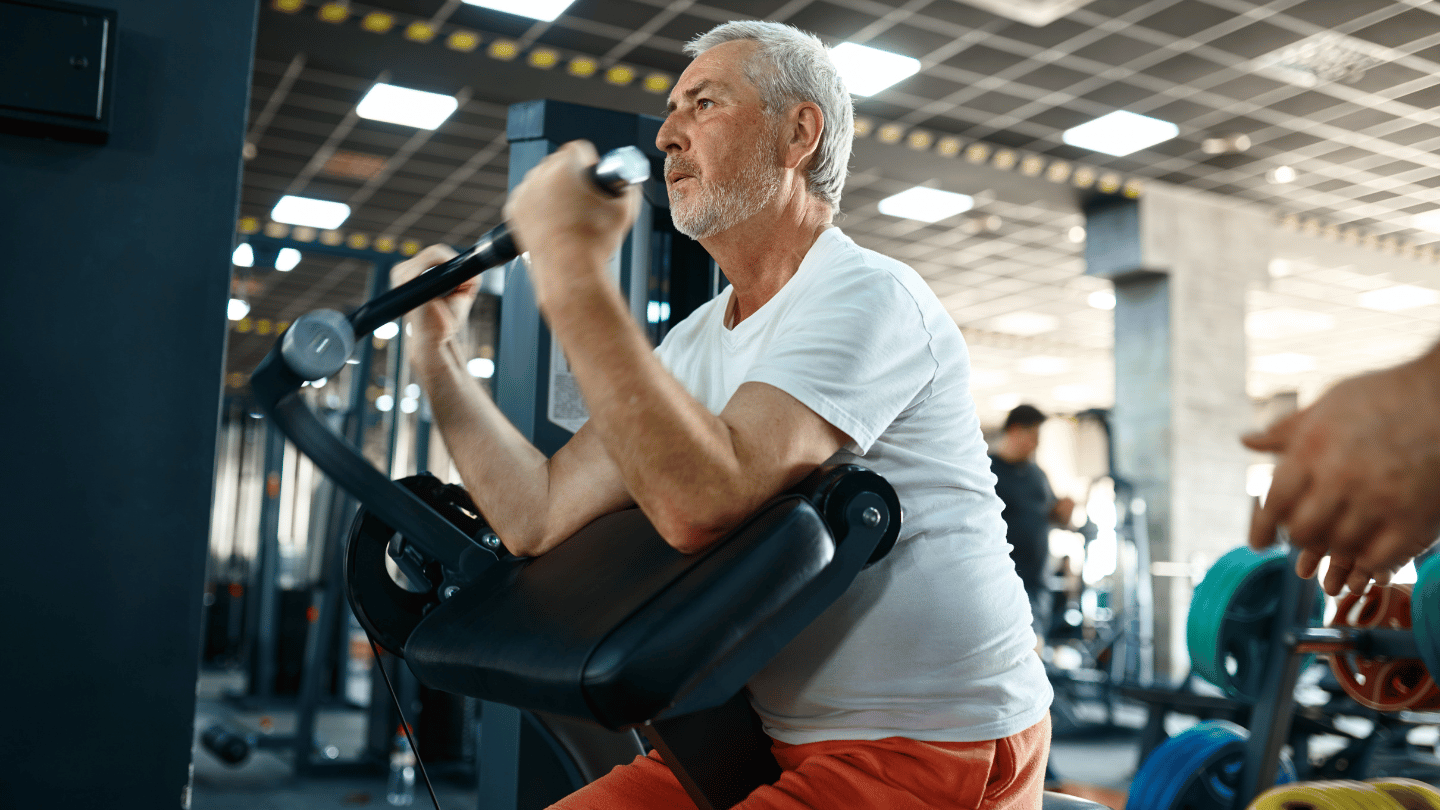

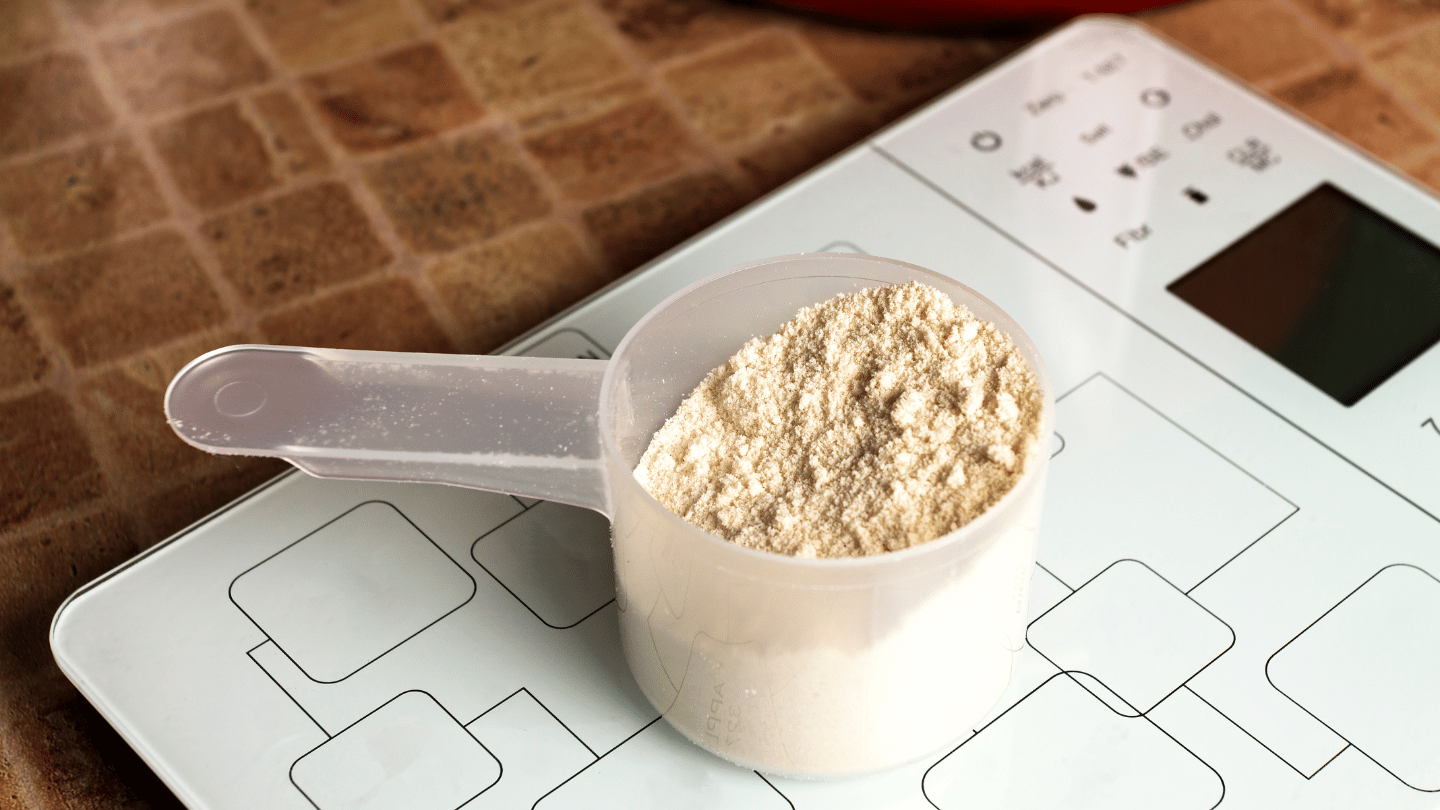


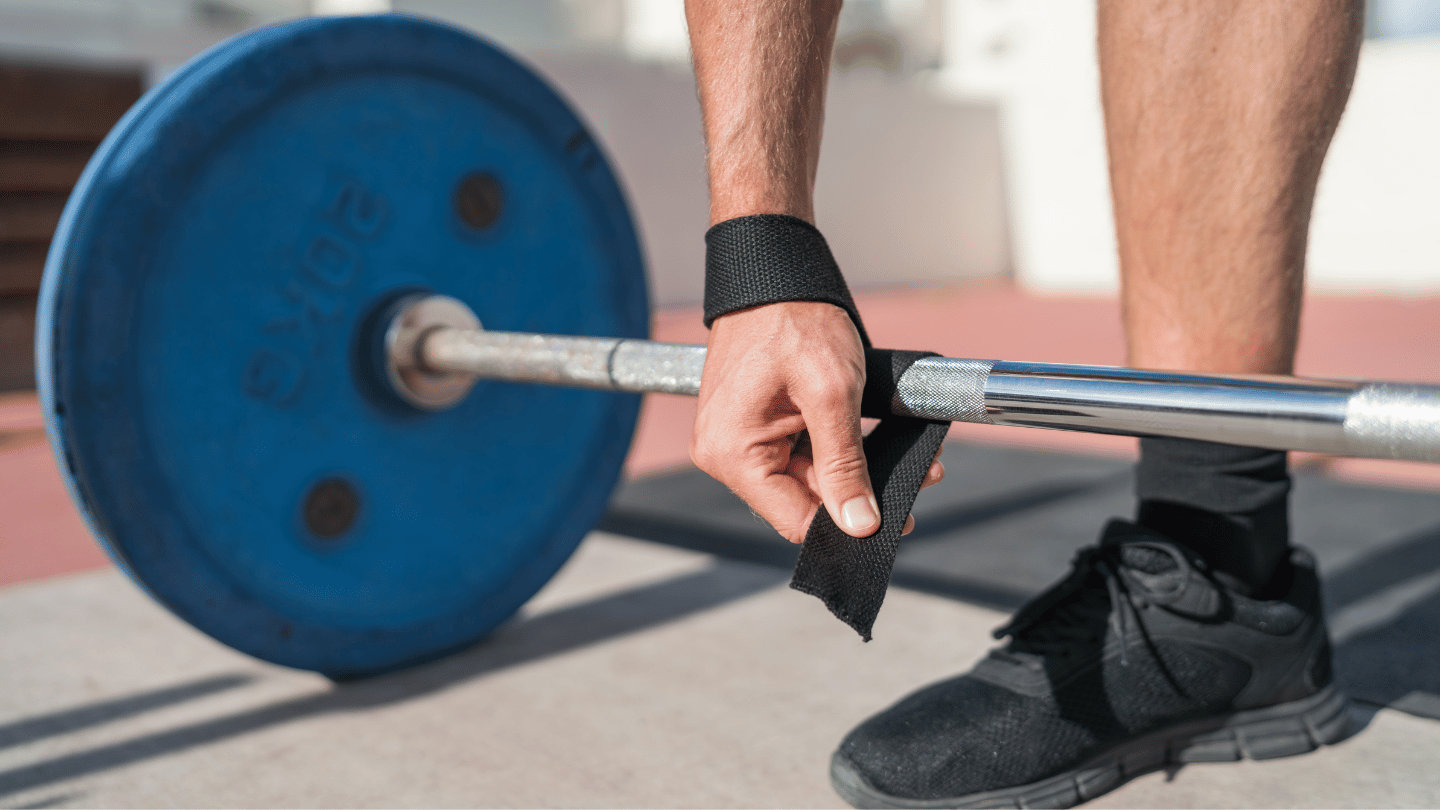


.png)
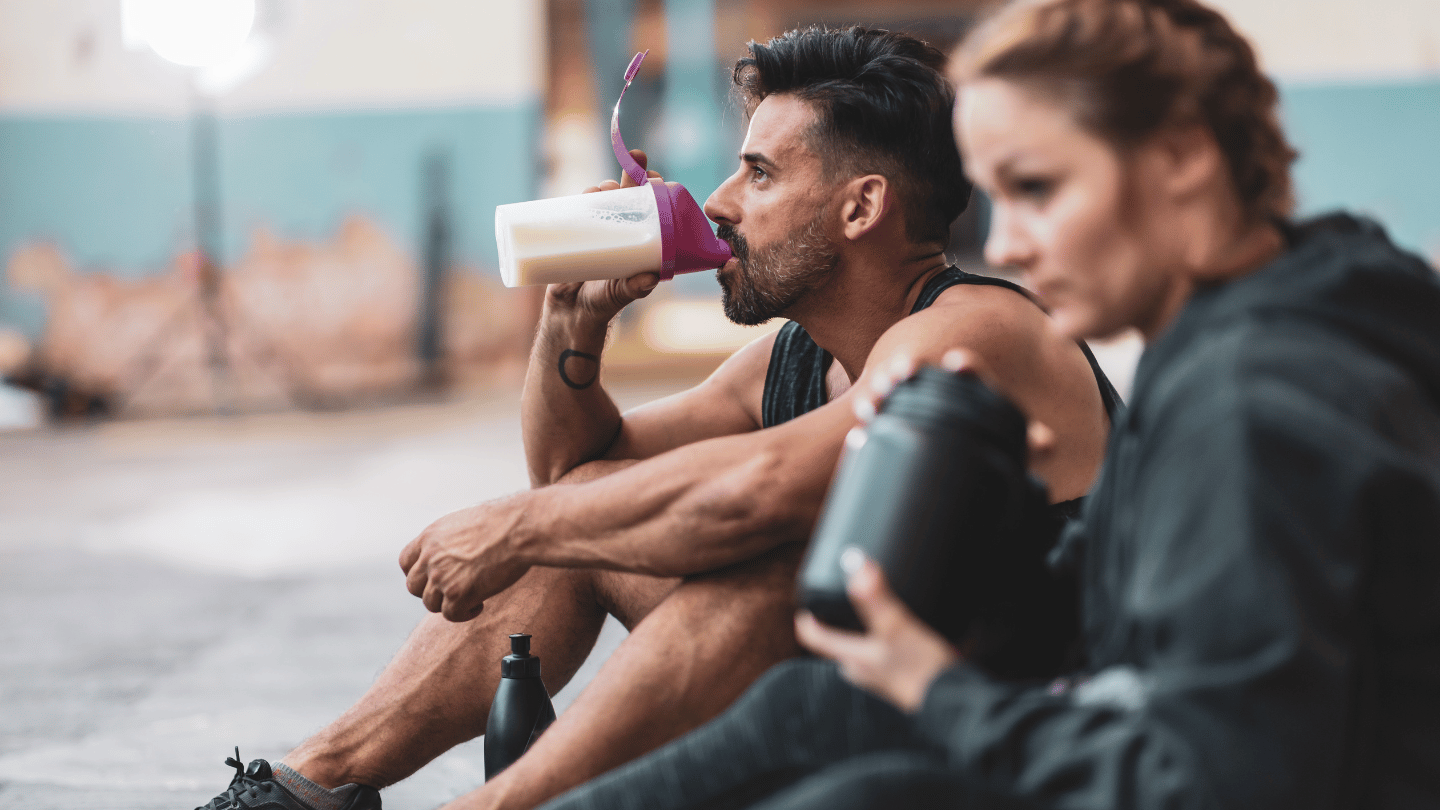










.png)




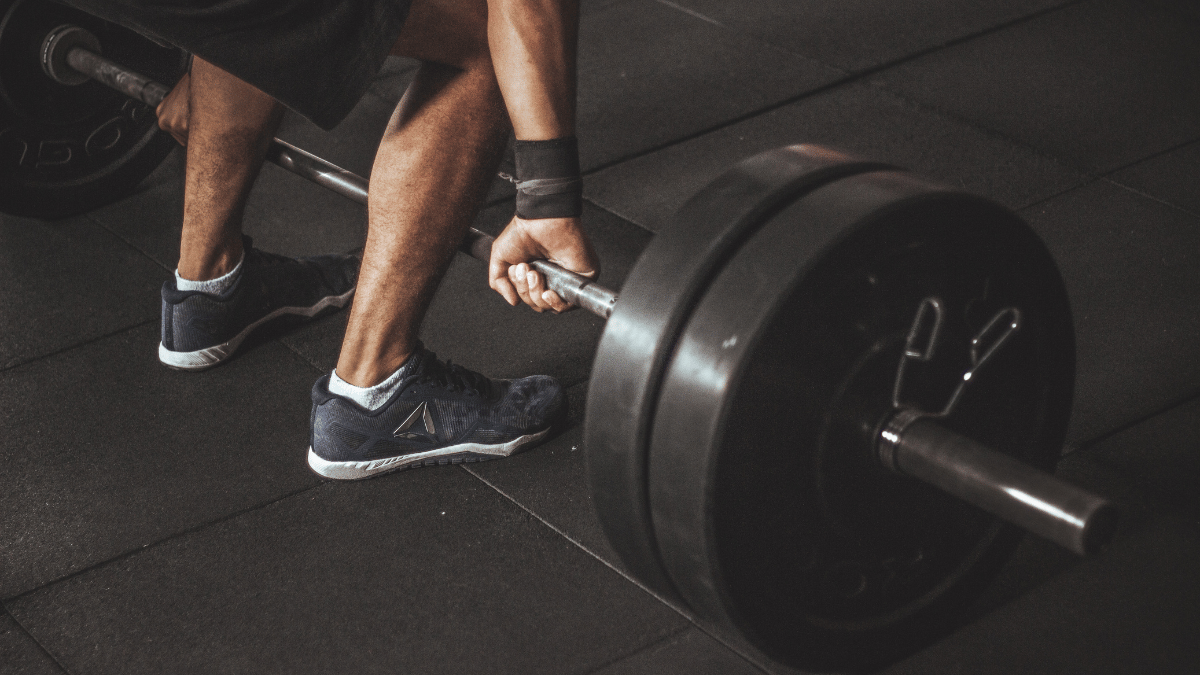





















.png)
.png)
.png)


























.png)
.png)
.png)
.png)
.png)
.png)
.png)
.png)
.png)
.png)
